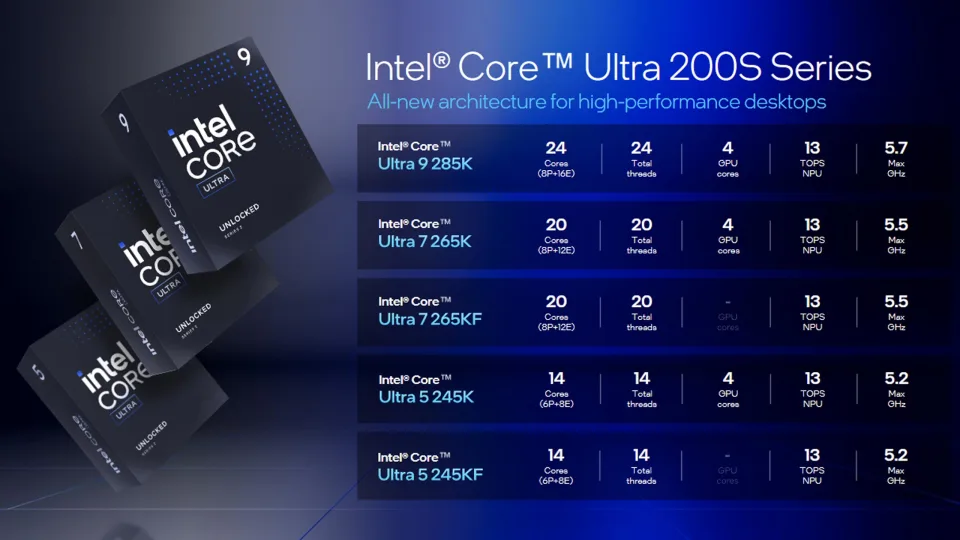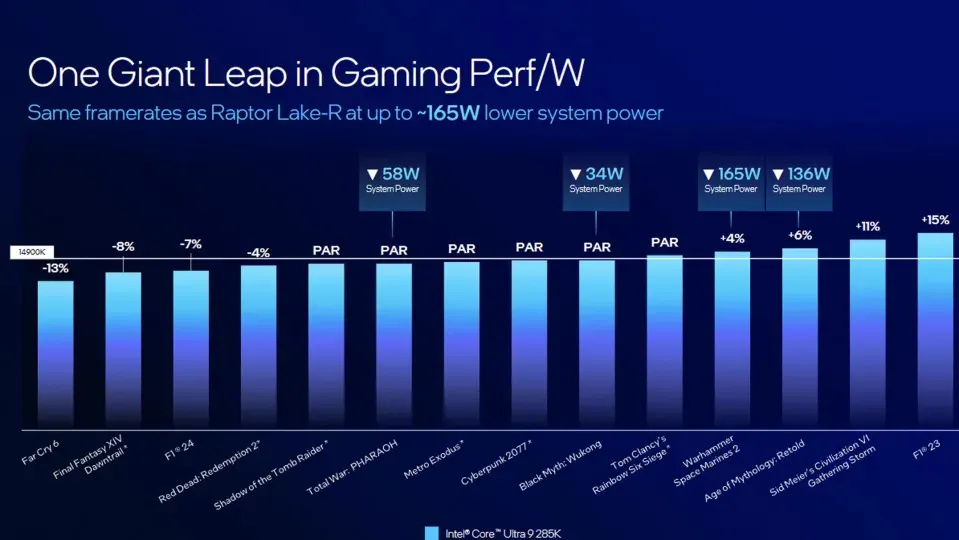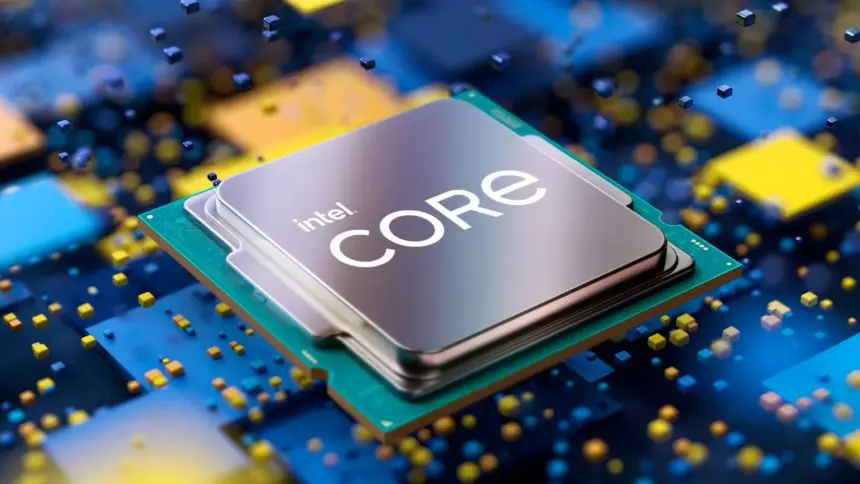With its Zen desktop CPUs, AMD has made significant strides in recent years, but Intel has largely been able to hold onto one crucial advantage over its long-standing rival: gaming performance. Recently released Core 5/7/9 processors from the firm performed better than their AMD equivalents for those trying to squeeze every frame out of the newest AAA games. But historically, thermals and power efficiency have suffered as a result of that performance. The top 13th generation CPUs from Intel are incredibly power-hungry machines. This has reduced their attractiveness, particularly with the rise in popularity of small-factor PC setups.

Intel unveiled its eagerly anticipated Arrow Lake CPUs on Thursday, revealing five new variants that will ship on October 24. Intel claims that the new CPUs will bring about a paradigm shift. The company stated that it aimed to cut internal package temperatures by up to 10 degrees Celsius and power usage by 40% when compared to its previous generation of Raptor Lake chips. Based on the benchmarks that Intel released prior to its presentation today, it appears like the company achieved this.
With a maximum boost frequency of 5.7GHz, Intel’s new flagship, the Ultra 9 285K, boasts a 24-core CPU design with eight performance cores named “Lion Cove” and sixteen efficiency cores named “Skymont.” It is the first desktop CPU from Intel to include a neural processing unit (NPU), along with the rest of the current Arrow Lake family. However, the 285K and its brothers are interesting for reasons other than those specs.
Under “lightly-threaded” workloads, which included of Cinebench benchmarks and Zoom calls, Intel observed that the 285K consumed up to 58% less power than the 14900K, the company’s top 14th generation processor. Even more intriguing are the results when it comes to game performance. For example, Intel reported that the 285K ran Warhammer 40,000: Space Marine 2 4% faster on average while using 165W less of system power. The 285K delivers promising efficiency benefits even in more GPU-intensive titles like Black Myth: Wukong. According to Intel, the CPU used 34 fewer watts of total system power than the 14900K.
These efficiency increases translate into equally remarkable thermal gains; according to Intel’s statistics, the 285K operates on average 13 degrees Celsius cooler during gaming loads than the 14900K. When customers reduce the new processor’s power drain from Intel’s default of 250W to 175W or 125W, it even provides comparable gaming performance. That is great news for individuals who like to undervolt their CPU or intend to use an ITX enclosure and motherboard in their future build.
“I think it’s safe to say this is a huge turn of the corner for our desktop portfolio,” said Robert Halleck, general manager of Intel’s AI and Technical Marketing units. “I’m confident your testing will match the numbers we’re talking about today.”

In theory, Intel’s Arrow Lake desktop processor family is the most efficient the company has released in a long time, and it may be just what the business needs to turn things around and get back on track. It is unclear, though, if that will be sufficient on its own to improve Intel’s situation.
The company’s short-term opponent, AMD, is more competitive than ever. Over time, it is hard to determine how much of Arrow Lake’s effectiveness can be directly attributable to Intel engineers. The business had stated as recently as 2022 that it will use TSMC’s 3-nanometer technology along with its own 20A fabrication process to manufacture the new chips. However, Intel announced that it would eliminate around 15,000 positions in an attempt to save expenses by $10 billion after reporting a $1.6 billion deficit in the second quarter of this year.
That idea included contracting out Arrow Lake Manufacturing in its entirety to an outside company. Intel did not particularly mention TSMC at the time. Nevertheless, there are very few businesses on the list that can produce silicon at the scale and density needed for Arrow Lake. It is evident that Intel still has a long way to go as the company apparently encountered a setback in getting its next-generation 18A technology off the ground.
The price of the Intel Core Ultra 9 285K is $589 when it ships on October 24. The company will also sell the 14-core Ultra 5 245KF for $294 and the 20-core Ultra 7 265K for $394 to individuals who are looking for a more reasonably priced way to get into Intel’s Arrow Lake ecosystem. It appears that the 265K will be the underdog of Intel’s Arrow Lake lineup when paired with its KF sister, which does not include an integrated Intel Xe GPU. According to the manufacturer, the 265K consumes up to 188W less system power and operates around 15 degrees colder than the 14900K.
Intel revealed additional details on its future Arrow Lake H laptop chips along with its new Arrow Lake CPUs, which the company stated would ship at the beginning of 2019.













